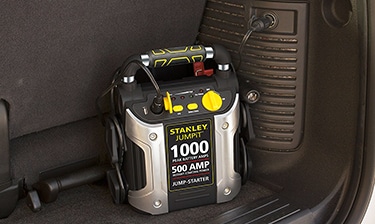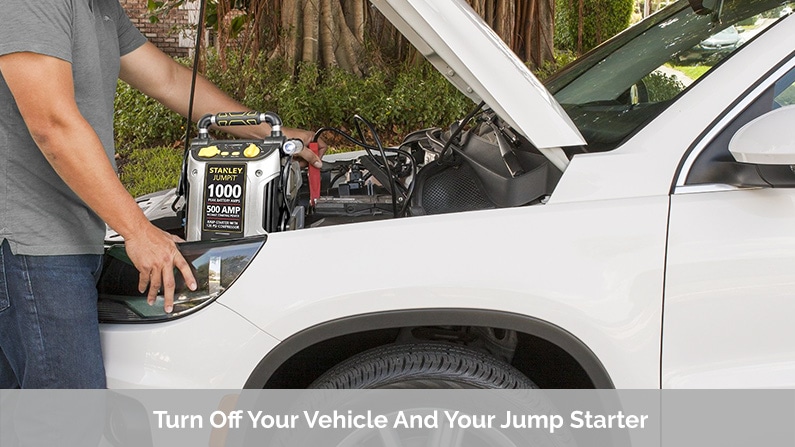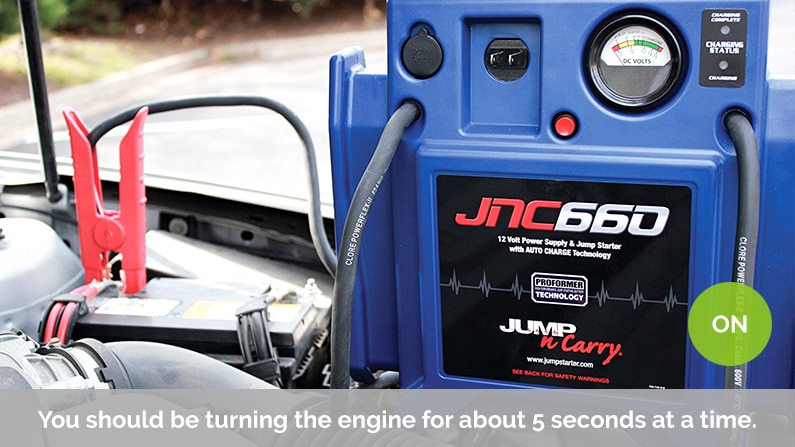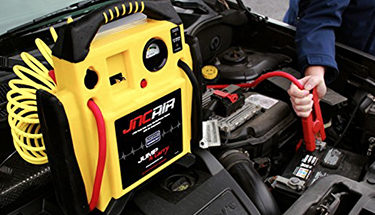
If you own a car, than owning a portable jump starter is almost a must-have piece of equipment. A portable jump starter allows you to get your battery up and running without having to rely on a friendly stranger for help.
It’s impossible to predict when your car will break down. Sometimes, the battery just refuses to start up after you’ve parked your car. This is certainly a frustrating situation and one that is all-too familiar to seasoned drivers.
But as technology advances and progresses, the invention of portable and cordless jump starters has made it easier to handle an emergency situation while on the go. While the concept of this equipment is the same as using traditional jumper cables, there are a couple more steps involved in order to make this portable device run smoothly.
Our Tool Nerds team understands that there are a lot of portable jump starter options out there. Regardless of which piece of equipment you decide to buy, the instructions for using a portable jump starter all remain the same. While owner’s manuals and handbooks can get too wordy and overwhelming, we’ve put together a small guide here to help you learn how to use your portable jump starter.
Safety First!
The Beginning Steps

Turning On the Jump Starter
Take note: Do not turn on your car’s ignition at this time. The portable jump starter must be turned on firtst in order to promote the flow of electricity from the device itself into the battery of your car.
The jump starter will need a few moments to start up before turning on your car battery.
Turning On Your Vehicle

Remove Your Cables
Troubleshooting Tips
Try putting your black clamp on another part of your car’s frame for more stability and support. Move the clamps in a twisting motion to literally tighten them against the positive end of the battery terminal.

Your Portable Jump Starter is Designed to Be the Best!
Your portable jump starter is a reliable piece of equipment that should serve you well for many, many years. As long as you follow the steps correctly, and be sure not to overheat it, it is sure to be by your side for a long time.
Remember that your portable jump starter is happiest when it’s fully charged, so be sure to get it plugged in as soon as possible, even if you didn’t deplete its energy from the last time you used it to jump start your car. After you get your car started, be sure to pack your portable device and jumper cables in an area of your car that works best for you. Be sure to keep it handy, because you never know when disaster will strike!










